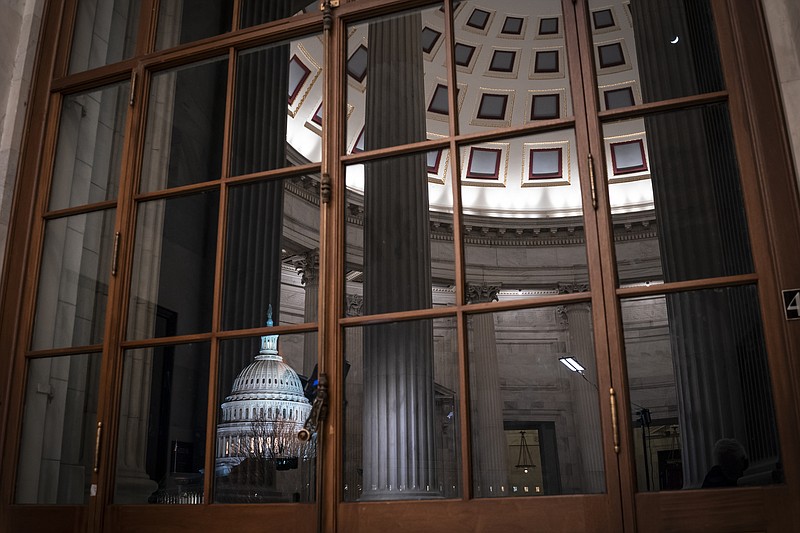The U.S. Treasury Department made history last Thursday when it announced the lowest yield ever for a newly-issued 30-year government bond at 2.06%. By comparison, the February 1982 issue of the 30-year bond carried a yield of 14.56%.
The government raised a total of $19 billion to refinance maturing debt and generate additional cash to help finance this year's $1 trillion budget deficit. These new issues occur throughout the year according to a schedule published by the Treasury Department. In fact, the government borrows money regularly by issuing bonds of varying maturities from four weeks to 30 years by means of a public auction process that determines the effective rate to be paid. Here's how it works.
America incurred substantial debt from its participation in World War I, and soon found its mechanism for issuing bonds to be insufficient given the increased volume. In 1929, the Treasury Department created an auction system, allowing interested parties to bid competitively for the newly issued paper and allowing the market to set the rate of interest based on supply and demand. The process has been improved and modernized but is essentially the same today.
The sale begins with a public announcement by the Treasury of the amount, maturity and terms of the new issue. Shorter term bonds (referred to as Treasury bills with maturities of one year or less) are auctioned every week. Longer dated bonds like the 30-year Treasury bond are offered for sale on a quarterly basis, with monthly "reopenings" or addition auctions of the previously issued bonds between quarterly offerings.
Once the announcement is made, bidding continues until 30 days before the stated issue date via electronic submission or U.S. mail. Treasury accepts bids of two types: competitive and non-competitive. Competitive bidders (typically larger institutions like banks, broker-dealers and foreign governments) submit the quantity they wish to acquire and the yield or interest rate they are prepared to accept (another way of stating the price of a bond). Non-competitive bidders (individuals, trusts, and smaller financial institutions) state the quantity the wish to purchase up to $5 million per bidder, and agree to accept the price determined by the bidding process.
Once the bidding closes, allocation begins. Non-competitive bids are subtracted from the total, and the remaining bids are allocated in descending order from the highest price (lowest yield). The process continues down the list in order until the competitive pool is allocated, subject to a limit of no more that 35% of the total to any one bidder.
At this point, non-competitive bids are filled at the highest accepted interest rate (the so-called "stop–out" rate). Bonds are then deposited electronically into the bidders' Treasury accounts and the cash payment is deducted from the accounts. All Treasury bond issues today are book-entry only with no physical certificates.
This process is carried out routinely as long as the total issued within a fiscal year is under the Congressionally-approved debt limit. At that point, an anachronistic Kabuki dance occurs between the Congress and the White House threatening shutdown of the government until the ceiling is, inevitably, raised and sanity is regained.
The historically low yield on the new 30-year bond is a function of market demand. Investors globally who seek safer alternatives to stocks and protection from risks like the coronavirus epidemic flock to U.S. Treasury bonds in times of stress. The February auction had 2 times more bidders than bonds for sale. This oversubscription, called the "bid to cover ratio", was the highest since 2014.
With over $23 trillion in Federal debt to finance, the auctioneer will be busy this year.
Christopher A. Hopkins, CFA, is a vice president and portfolio manager for Barnett & Co. in Chatttanooga.

